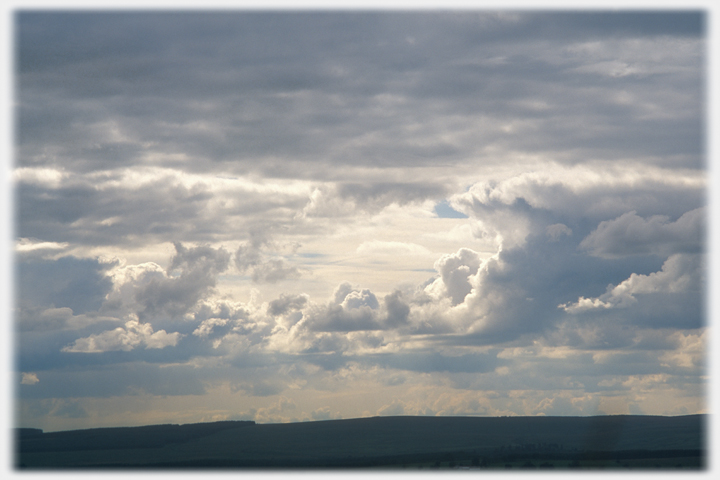
Seamless


Shen Hsiu's verse (on the left) receives a reply from Hui Neng. Hui Neng wants to assert that these divisions between such objects as trees, or mirrors, or dust, are all human
divisions
 If it is we who make these divisions, why do we do it, a poet asks.
imposed on a seamless whole. Sometimes, as with the clouds in the picture, we can see a world which is complex yet seamless.
Divisions
If it is we who make these divisions, why do we do it, a poet asks.
imposed on a seamless whole. Sometimes, as with the clouds in the picture, we can see a world which is complex yet seamless.
Divisions
 An old adage is that language cuts nature at her joints - untrue.
are imposed on nature by human minds. It is one of the core jobs of consciousness to provide us with these
divisions,
An old adage is that language cuts nature at her joints - untrue.
are imposed on nature by human minds. It is one of the core jobs of consciousness to provide us with these
divisions,
 A page on boundaries and distinctions: a necessary evil?
these daily objects, but it is easy to forget that all such
objects
A page on boundaries and distinctions: a necessary evil?
these daily objects, but it is easy to forget that all such
objects
 We collectively create the objects which we encounter.
are constructions. Constructions which are quite foreign to that seamless world in which humans find themselves.
We collectively create the objects which we encounter.
are constructions. Constructions which are quite foreign to that seamless world in which humans find themselves.
These verses come from Chinese Buddhism's famous founding story. Hui Neng was an illiterate monastery worker. When the succession of abbot was being decided (at the monastery where Hui Neng was employed) Shen Hsiu, the leading contender, wrote the above text. Hui Neng had his words written for him, they showed his eligibility to be abbot. It was Hui Neng, not Shen Hsiu, that later became abbot, and then the sixth patriarch of Ch’an Buddhism.
Clouds near Moffat, Dumfriesshire, Scotland.
Above hovering on blue introduces a link: click to go, move away to stay.

Saturday 29th December 2018
 ...guide to this site
...guide to this site